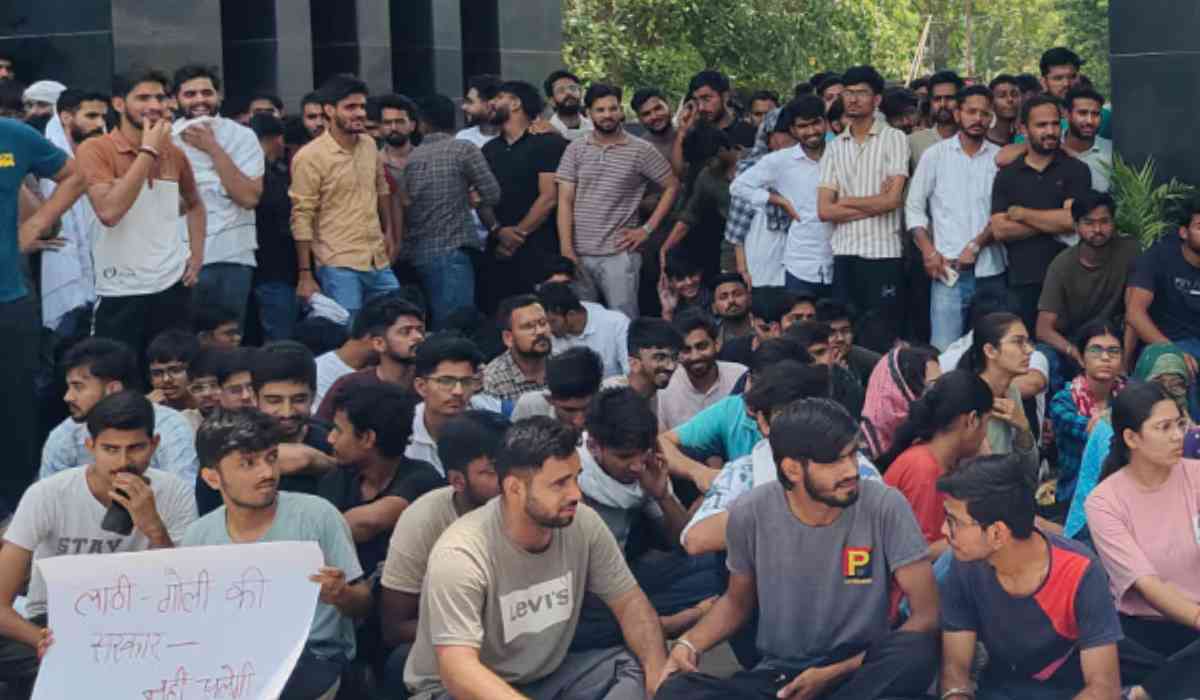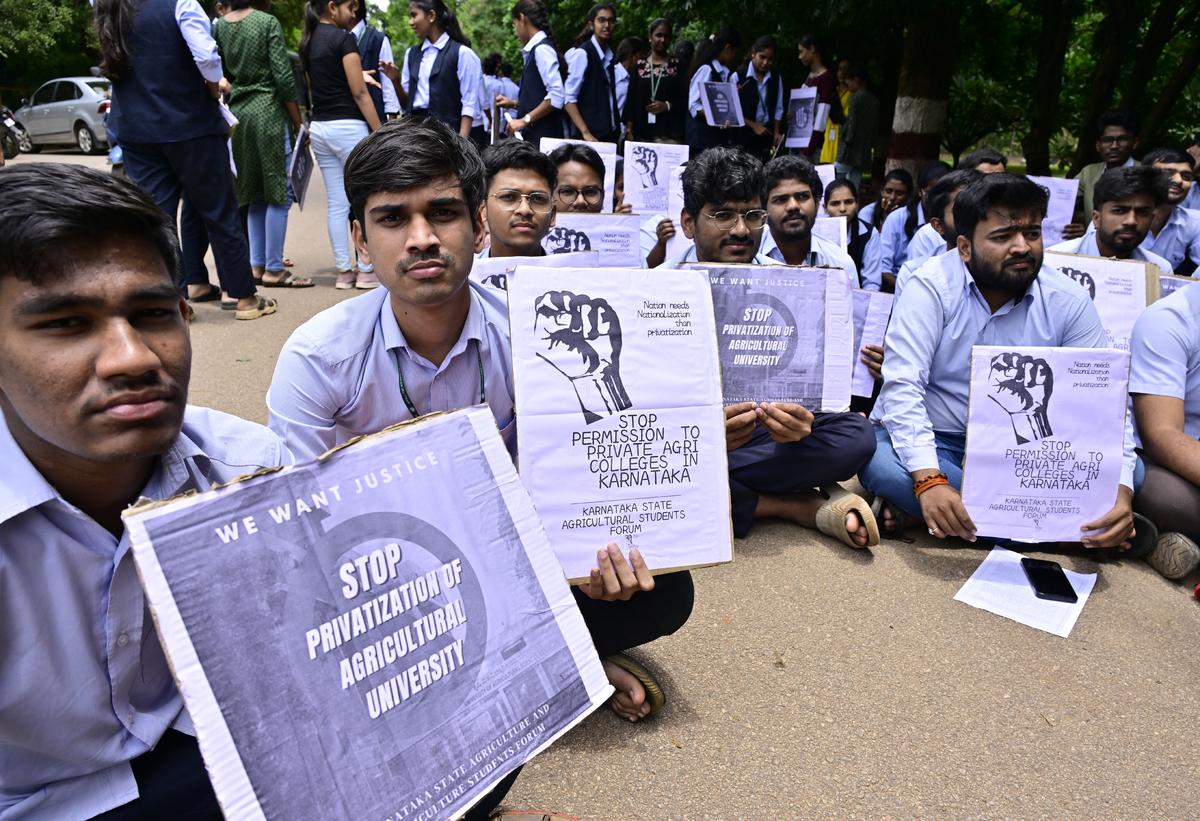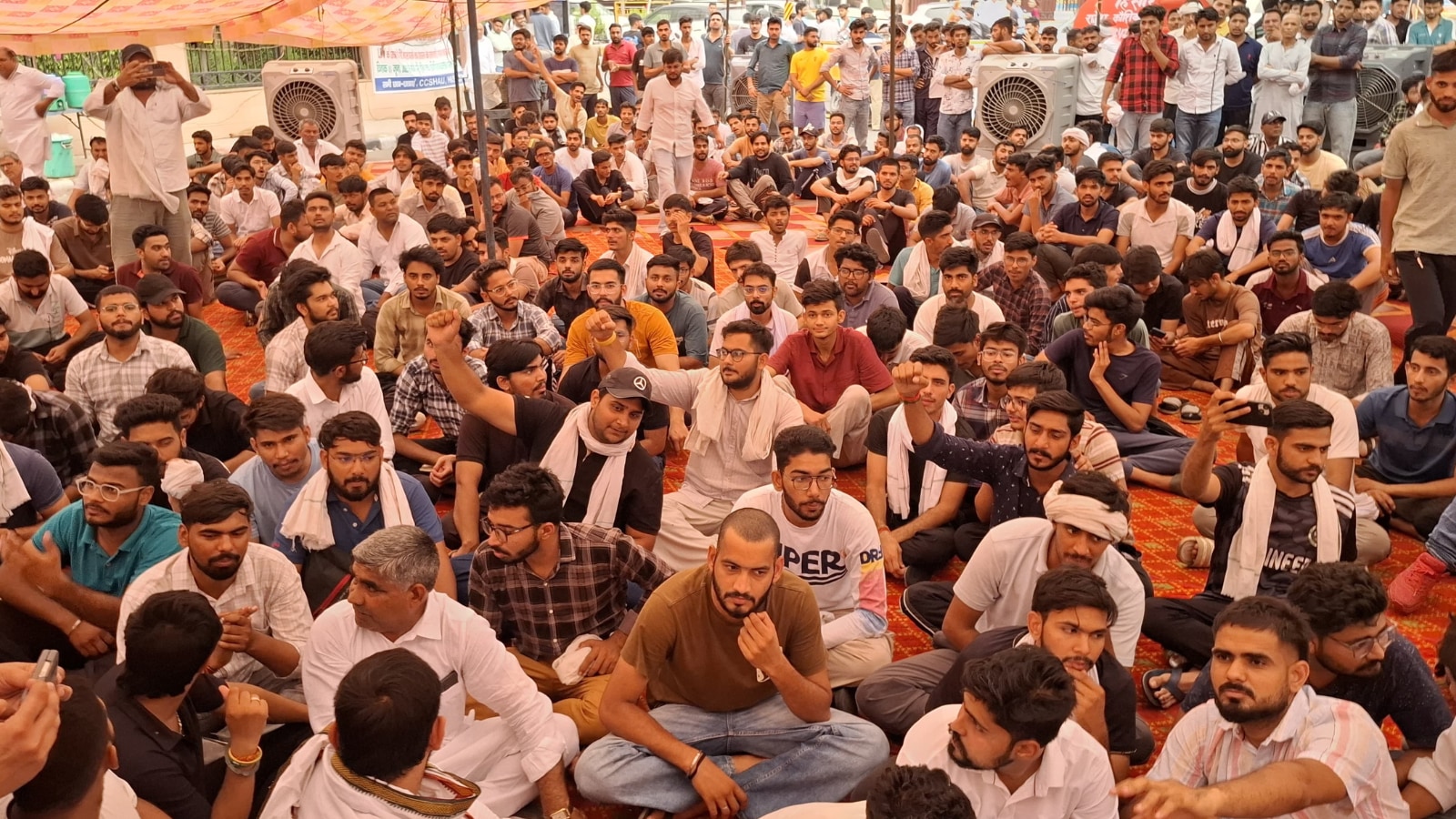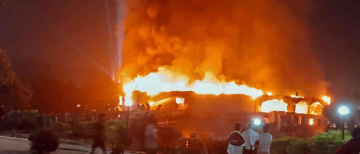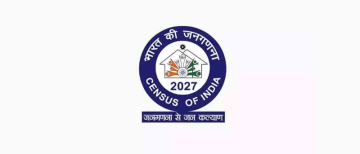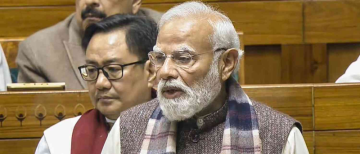The Chaudhary Charan Singh Haryana Agricultural University (CCS HAU) in Hisar has become the center of a major student protest, now stretching into its twelfth day. Students are refusing to back down, making it clear: there will be “no compromise until the Vice-Chancellor (VC) steps down”. This standoff has captured public attention, not just for its intensity but also for the wider questions it raises about student rights, university governance, and accountability.

What Sparked the Unrest?
The immediate cause of the protest was a change in the scholarship policy for postgraduate and doctoral students. Many students depend on this financial support to continue their studies, and the new rules threatened their ability to do so. When students began protesting on June 10, the situation escalated quickly. Allegations surfaced that university officials and security personnel used force, including a lathi charge (baton charge), to disperse peaceful demonstrators.
Students say the crackdown was not just about the stipend issue, but also about their right to protest and be heard. The incident left several students injured, sparking outrage across the campus and beyond.

Students’ Demands
The students’ demands have grown since the initial protest. Their main points include:
-
The immediate resignation of Vice-Chancellor Dr. B R Kamboj, whom they hold responsible for the violent crackdown.
-
The arrest and removal of university officials and security personnel allegedly involved in the assault on students.
-
The continuation of the previous scholarship scheme and reversal of the recent policy changes.
-
Guarantees that no disciplinary action will be taken against protesting students.
-
Reimbursement of medical expenses for those injured during the protest.
-
Restoration of seat policies for students from Land Donation Villages.
Administration’s Response
The university administration has taken some steps in response to the unrest. Assistant Professor Radhey Shyam, accused of leading the assault, has been suspended and arrested. Four security guards were also suspended, though this was not publicly announced at first. The Haryana government formed a committee of ministers to hold talks with student representatives, but these meetings have so far been inconclusive.
University officials claim they have met core student demands by suspending the stipend policy changes and maintaining seat rules for Land Donation Villages. However, students say these assurances are not enough and want written guarantees. They also allege that the administration is trying to divide them along caste and regional lines, but insist they remain united.
Why Are Students Refusing to Compromise?
The students’ refusal to negotiate until the VC resigns is rooted in a deep mistrust of the administration. Many believe that unless there is a change in leadership, promises made now could be reversed later. They also feel that those responsible for the violence must be held accountable before any real dialogue can begin.
Some students have accused the administration of trying to silence dissent and avoid direct communication. For example, when a committee was formed to represent students, only two of the seven names suggested by protest leaders were included, leading to further frustration.
What Does This Mean for Indian Universities?
This standoff at HAU is not just about one university or one set of students. It reflects a larger trend across India, where students are increasingly vocal about their rights and unwilling to accept decisions made without their input. The use of force against peaceful protesters, especially in educational institutions, raises serious questions about campus safety and freedom of expression.
Alumni and former faculty have expressed concern that the university, once known for its academic excellence, is now being overshadowed by political maneuvering and administrative controversies. This situation is a reminder that universities must balance discipline and order with respect for student voices and democratic processes.
What Are People Searching and Asking?
Recent search trends show people are looking for updates on the HAU protest, the reasons behind the stipend policy change, and the current status of the VC and other officials. There is also interest in the broader issue of student protests in India and how universities are handling dissent.
What Happens Next?
As of now, the protest continues. Students remain camped at the university gates, determined not to move until their demands are met. The administration faces pressure to find a solution that restores peace without appearing to ignore student grievances. The outcome will likely set a precedent for how similar disputes are handled in the future.
Final Thoughts
The HAU protest is a powerful example of student activism and the challenges of university governance. While both sides have their reasons, the path forward must involve honest dialogue, transparency, and a commitment to justice. Only then can trust be rebuilt, and the university return to its primary mission: education and research in the service of society.
The situation at HAU is still developing, and all eyes are on Hisar to see what happens next.
With inputs from agencies
Image Source: Multiple agencies
© Copyright 2025. All Rights Reserved Powered by Vygr Media.

